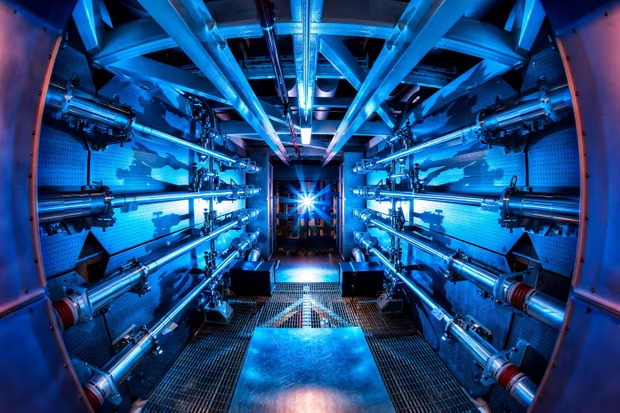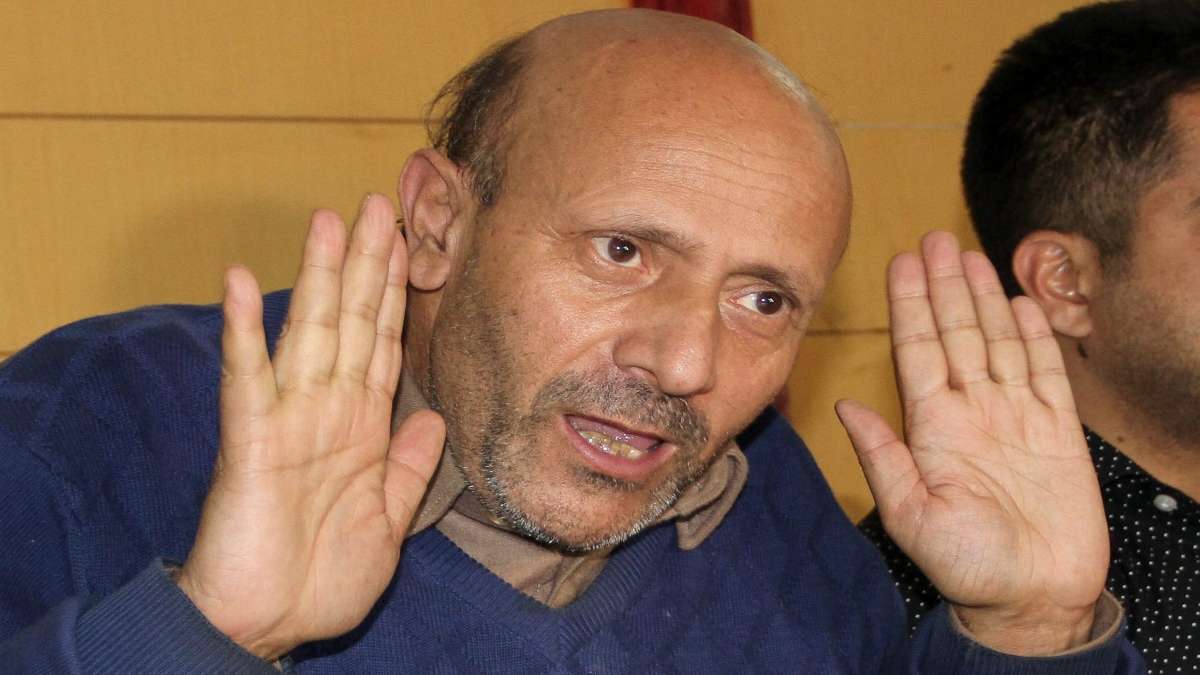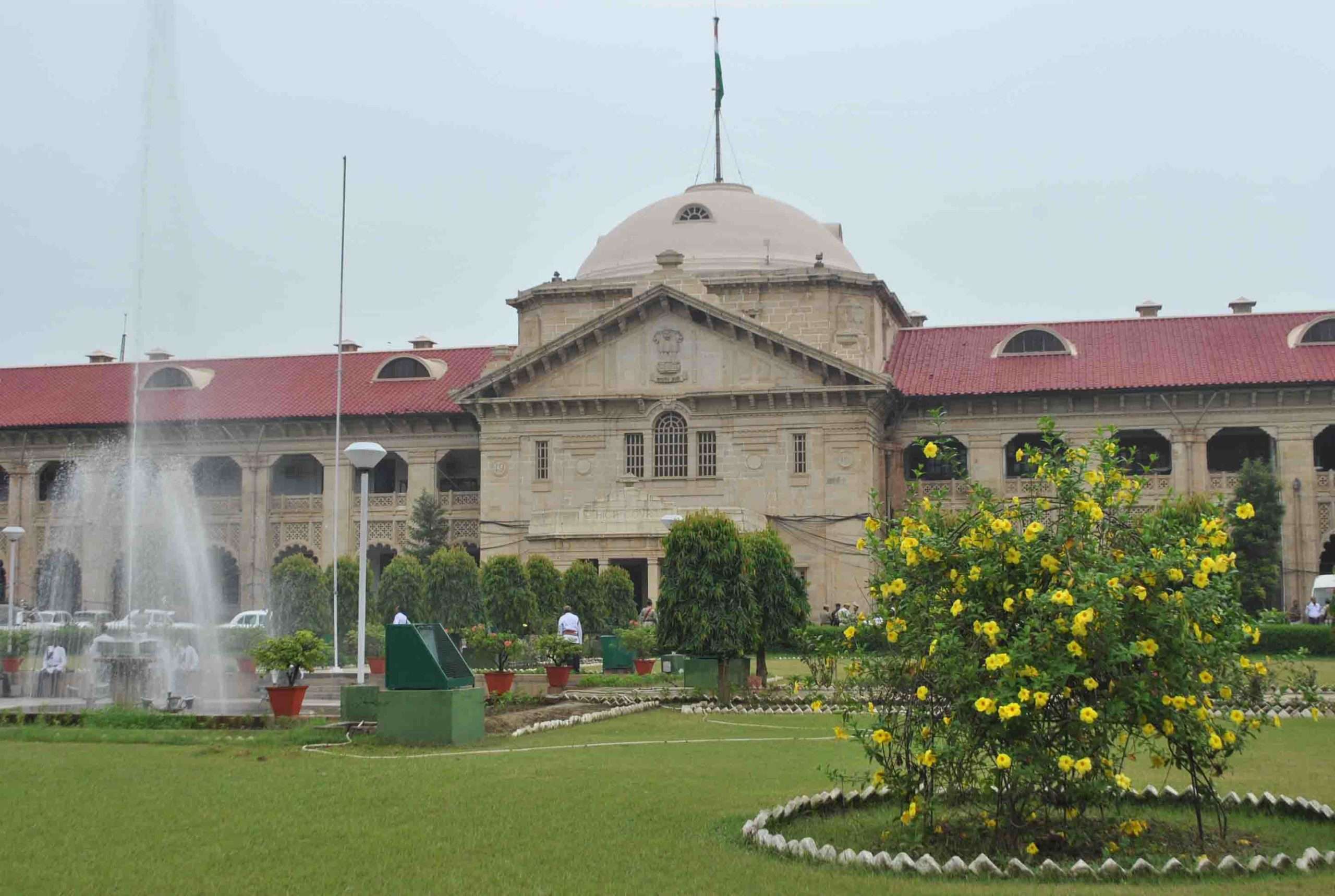US scientists have achieved a net energy gain in a nuclear fusion reaction for the second time since a historic breakthrough in December last year.
Scientists at the California-based lab repeated the fusion ignition breakthrough in an experiment in the National Ignition Facility (NIF) on July 30 that produced a higher energy yield than in December, a Lawrence Livermore National Laboratory spokesperson said on Sunday.
The final results are still being analysed, the spokesperson added.
In December 2022, Lawrence Livermore first achieved a net energy gain in a fusion experiment using lasers. That experiment briefly achieved what’s known as fusion ignition by generating 3.15 megajoules of energy output after the laser delivered 2.05 megajoules to the target, the US Energy Department said.
The US Energy Department called it “a major scientific breakthrough decades in the making that will pave the way for advancements in national defence and the future of clean power”.
The nuclear fusion reaction involves combining two atomic nuclei to form a single heavier one, releasing an enormous amount of energy. Scientists have known for about a century that fusion powers the sun and have pursued developing fusion on Earth for decades as they look for a limitless, clean, and safe source of power to help curb climate change.
If technology around the fusion reaction is further advanced, it can be used to produce power on an industrial scale.














